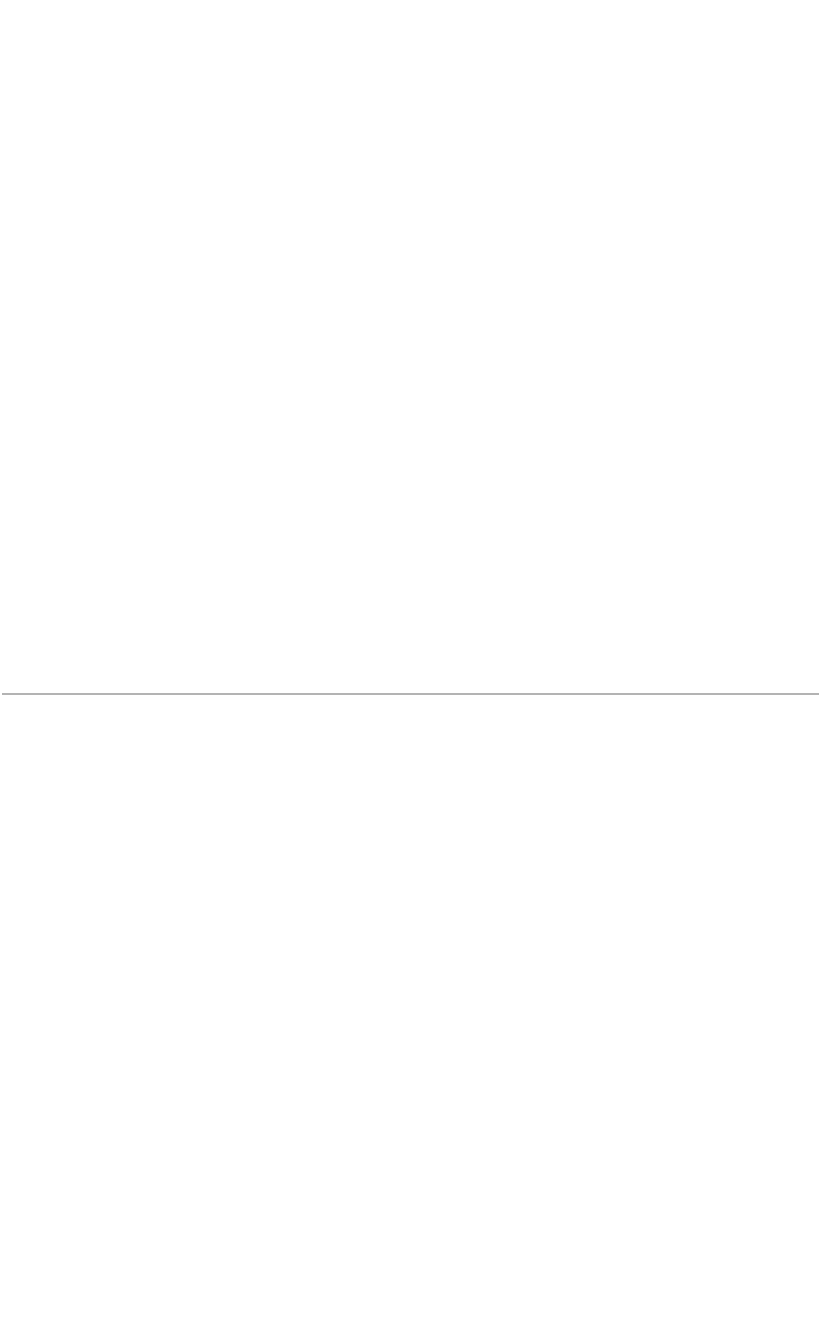Environmental Engineering Reference
In-Depth Information
Table 9.11.
Typical filter compaction specifications.
Authority and dam
Zone
Standards specification
Methods specification
Water Resources
2A and 2B
AS1289. Density index
At least one pass of a suitable
Commission of
between 60% and 70%
smooth drum vibratory roller
Queensland, Peter Faust
to give standards specification
Dam (1989)
Maximum layer thickness
350 mm after compaction
Water Authority of
2A chimney
AS1289. Density
Not given. Maximum
Western Australia, Harris
drain
index
70%
thickness 500 mm before
Dam (1989)
compaction
2A horizontal
Not specified
4 passes of a vibratory roller
drain and 2B
with static mass between 8 and
12 tonnes, and centrifugal
force not less than 240 kN.
Maximum thickness 600 mm
before compaction
Melbourne and
2A and 2B
Not specified
2 passes of a vibratory roller
Metropolitan Board of
with static weight not less than
Works, Cardinia Creek
8 tonnes and a centrifugal
Dam (1970)
force not less than 160 kN
Maximum layer thickness
450 mm after compaction
Snowy Mountains
2A and 2B
Not specified
4 passes of a vibratory roller
Hydroelectric Authority,
with static weight not less than
Talbingo Dam (1967)
10 tonnes static weight and a
centrifugal force not less than
350 kN. Maximum layer
thickness 450 mm after
compaction
If a minimum density index is specified, there should be trials early in the construction to
define a method which will give the required compaction and with daily control by the
method specification. In this case a requirement to compact to a density index of say 70%
or 80% would be appropriate. It should be noted that requiring a density index greater than
say 80% is likely to result in excessive breakdown of filters under the compactive effort and
will achieve little or no benefit. There are some arguments, e.g. Sherard (1985a), that over-
compaction can lead to excessively high moduli for the filters, resulting in their settling less
than the dam core during construction and first filling and thereby reducing vertical stresses
and horizontal stresses in the core. This can foster the development of hydraulic fracture.
Some therefore favour minimal compaction of these filters - e.g. 1 or 2 passes of a 10 tonnes
steel drum roller, using layer thickness of 500 mm. It is arguable whether it is practicable to
set an upper limit on density index in dam construction, such as for Peter Faust dam in Table
9.11, other than as a guide to contractors. It would seem difficult to insist on removal of
over-compacted material without raising the issue of contractual claims.
9.7
USE OF GEOTEXTILES AS FILTERS IN DAMS
9.7.1
Types and properties of geotextiles
Koerner (1986) defines geotextiles as: “Geotextile: a permeable textile material (usually
synthetic) used with soil, rock or any other geotechnical engineering-related material to
enhance the performance or cost of a human-made product, structure or system.”


